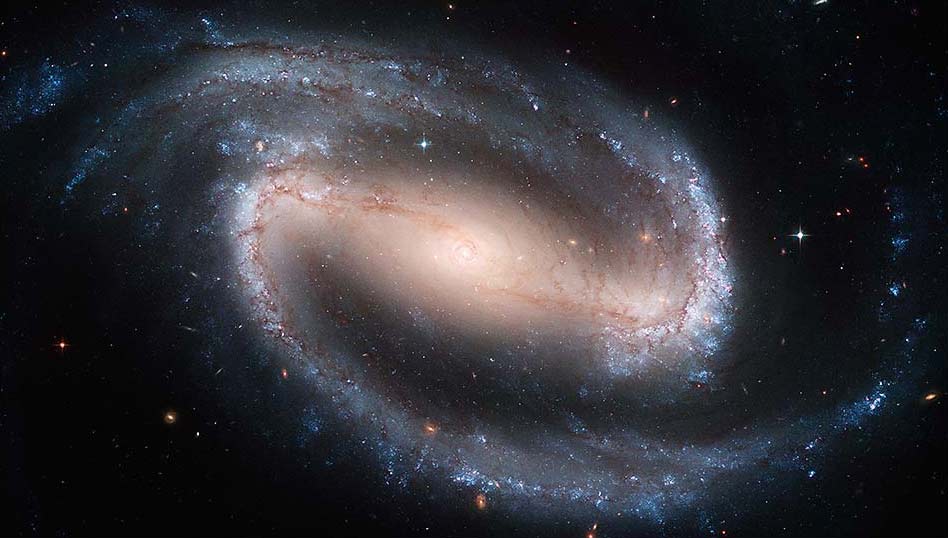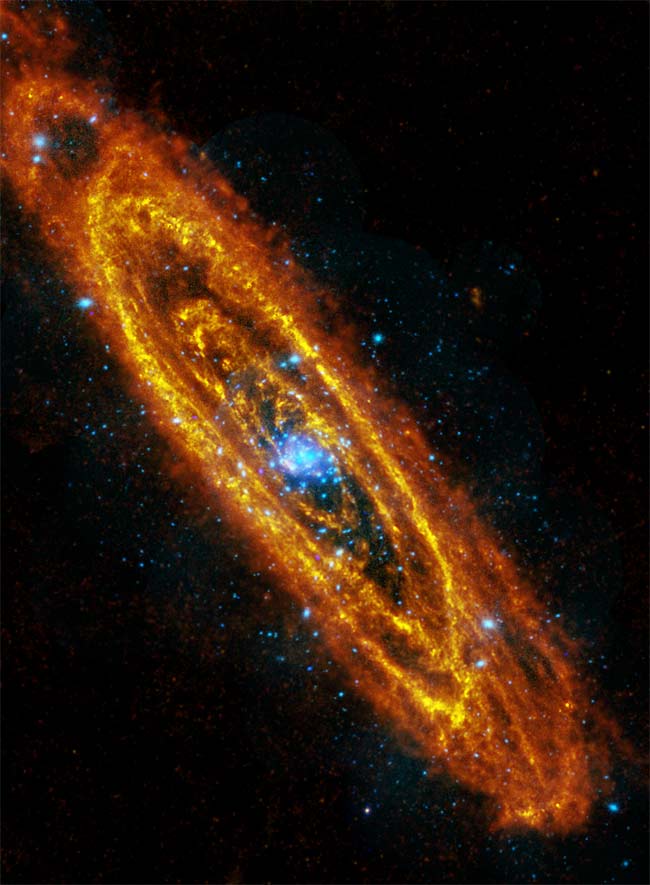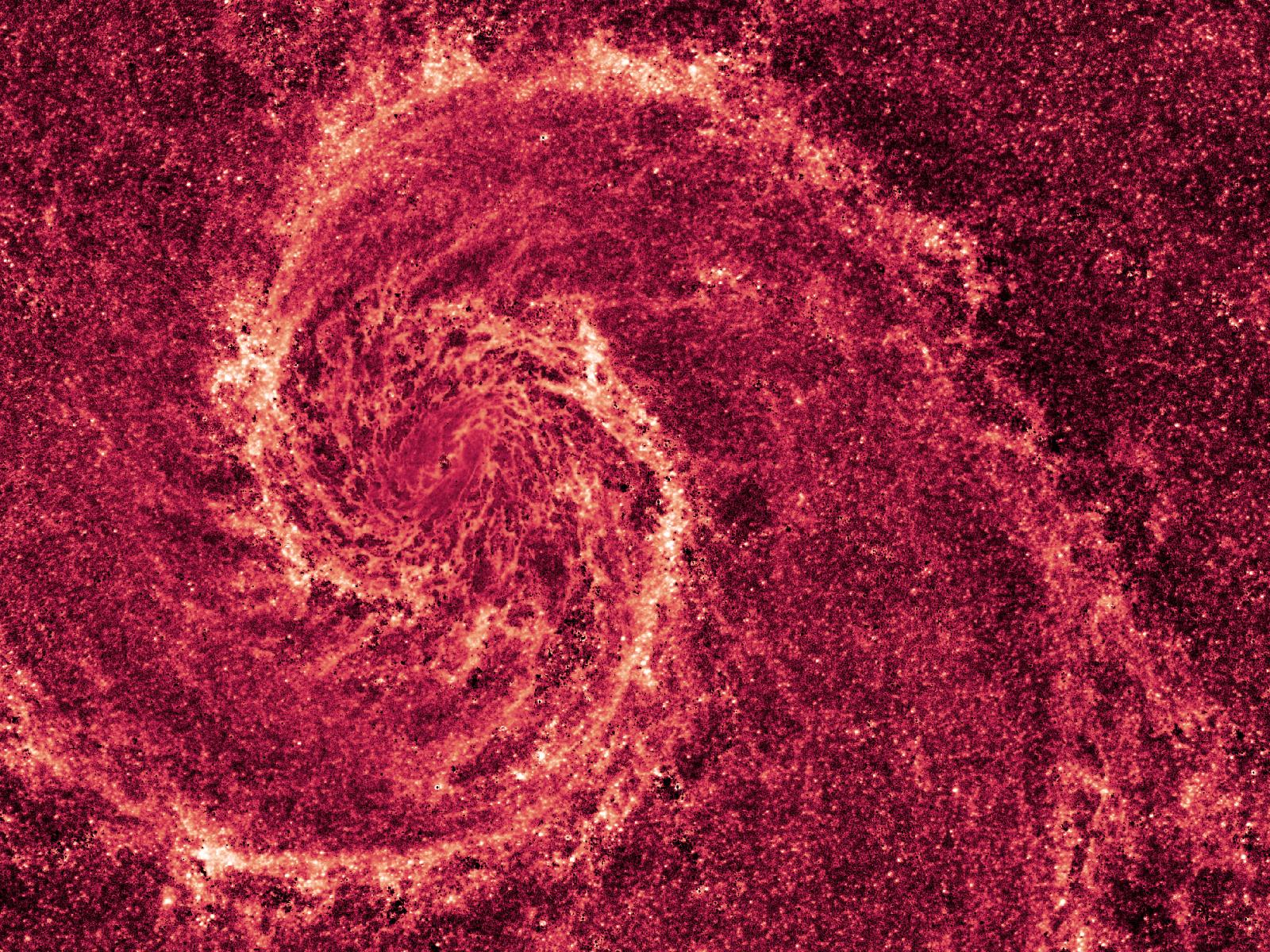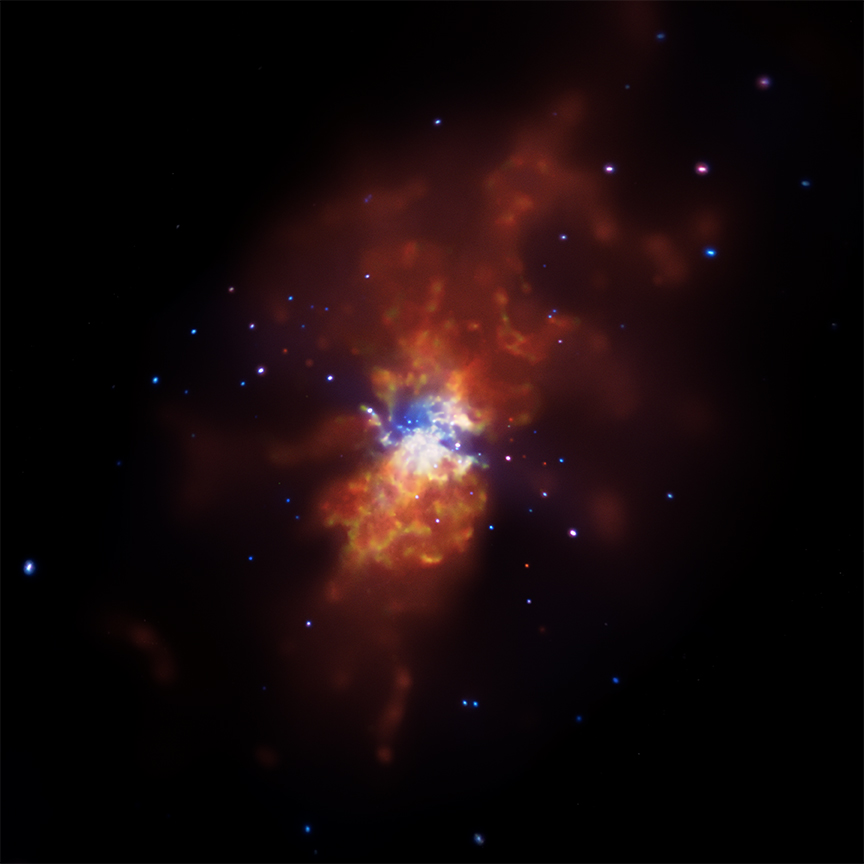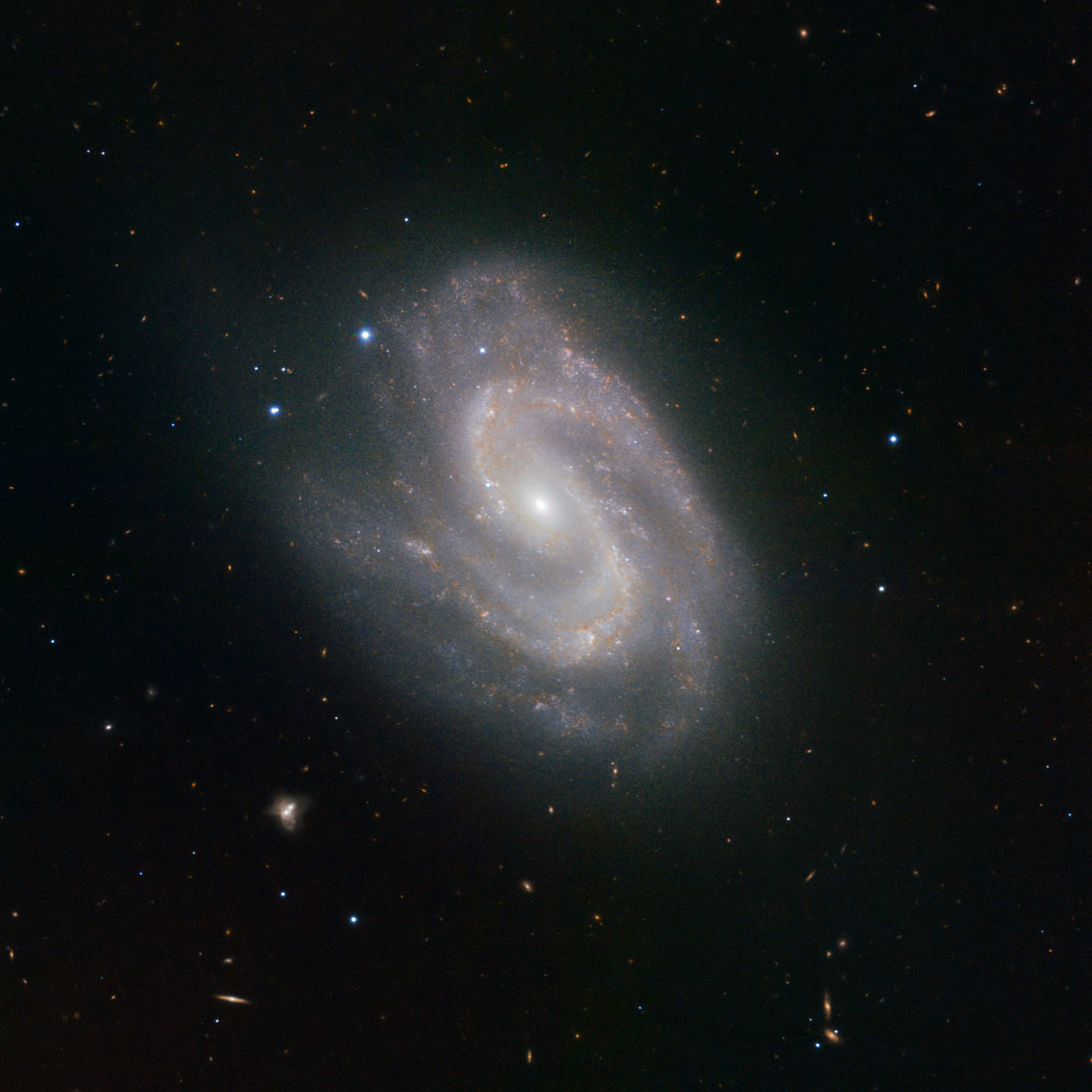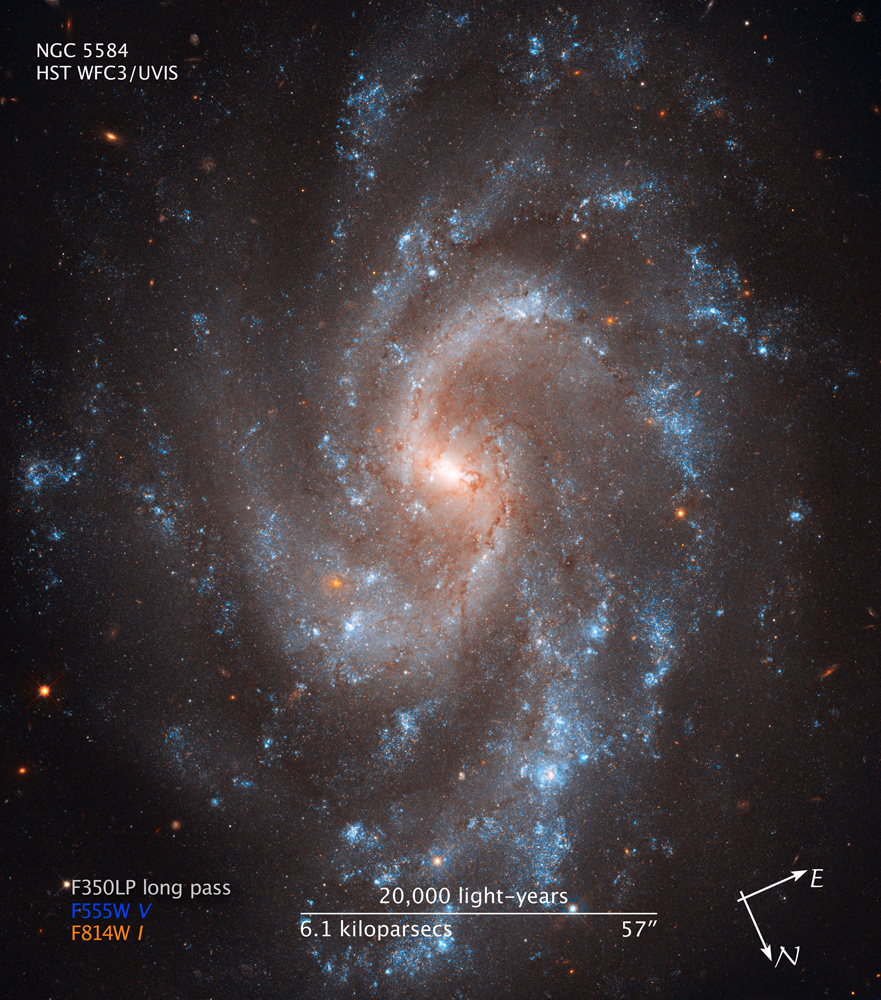Gallery: 65 All-Time Great Galaxy Hits
Spiral Galaxies May Die From Within
This beautiful image is from the Hubble Space Telescope and shows the galaxy NGC 1300 which is a classic example of a barred spiral.
Andromeda
This image of the Andromeda Galaxy is a composite of an infrared photo from ESA's Herschel space telescope and the XMM-Newton’s X-ray telescope. The infrared frame shows rings of dust that trace gaseous reservoirs where new stars are forming and the X-ray image shows stars approaching the ends of their lives.
The Whirlpool Galaxy
The Whirlpool Galaxy, AKA spiral galaxy M51, sports a new look when seen in near-infrared light by the Hubble Space Telescope. With most of the starlight removed, this image provides the sharpest view of the dust structure of the galaxy to date.
Messier 82
Messier 82 (M82) galaxy, known as a starburst galaxy, produces stars at rate tens or even hundreds of times faster than in normal galaxies. Astronomers believe that a brush with neighboring galaxy M81 millions of years ago, creating shock waves, set off this blast of star formation.
NGC 157
In this image of galaxy NGC 157, the spiral arms appear to form a giant "S". The HAWK-I instrument (High-Acuity Wide-field K-band Imager) on ESO's Very Large Telescope (VLT) in Chile produced this picture of the galaxy. NCG 157 lies distantly in the constellation of Cetus (the Sea Monster).
NGC 2841
The galaxy NGC 2841 — shown here in a Hubble image — currently has a relatively low star formation rate compared to other spirals. It is one of several nearby galaxies that have been chosen for a new study, in which scientists are observing a variety of different stellar nursery environments and birth rates.
Dust in the Wind(ing Spiral Arms)
This WISE image shows dust speckling the Andromeda galaxy's spiral arms. The hot dust, heated by newborn stars, outlines the thin arms to the center of the galaxy.
Breaking space news, the latest updates on rocket launches, skywatching events and more!
NGC 5584
Blue young stars shine in the spiral arms of galaxy NGC 5584, as shown by this Hubble Space Telescope image. Thin, dark dust lanes flow from the yellowish core, filled with older stars. The reddish dots throughout the image are largely background galaxies. Several exposures taken in visible light between January and April 2010 with Hubble's Wide Field Camera 3 combine to make this image.
NGC 1275 Galaxy in Perseus Cluster
This Hubble Space Telescope image shows NGC 1275, the galaxy located in the center of the Perseus Galaxy Cluster. The red threadlike filaments are composed of cool gas suspended by a magnetic field.
Galaxy NGC 4214
Galaxy NGC 4214 is dominated by a huge glowing cloud of hydrogen gas in which new stars are being born. A heart-shaped hollow — possibly galaxy NGC 4214’s most eye-catching feature — can be seen at the centre of this.

Space.com is the premier source of space exploration, innovation and astronomy news, chronicling (and celebrating) humanity's ongoing expansion across the final frontier. Originally founded in 1999, Space.com is, and always has been, the passion of writers and editors who are space fans and also trained journalists. Our current news team consists of Editor-in-Chief Tariq Malik; Editor Hanneke Weitering, Senior Space Writer Mike Wall; Senior Writer Meghan Bartels; Senior Writer Chelsea Gohd, Senior Writer Tereza Pultarova and Staff Writer Alexander Cox, focusing on e-commerce. Senior Producer Steve Spaleta oversees our space videos, with Diana Whitcroft as our Social Media Editor.
